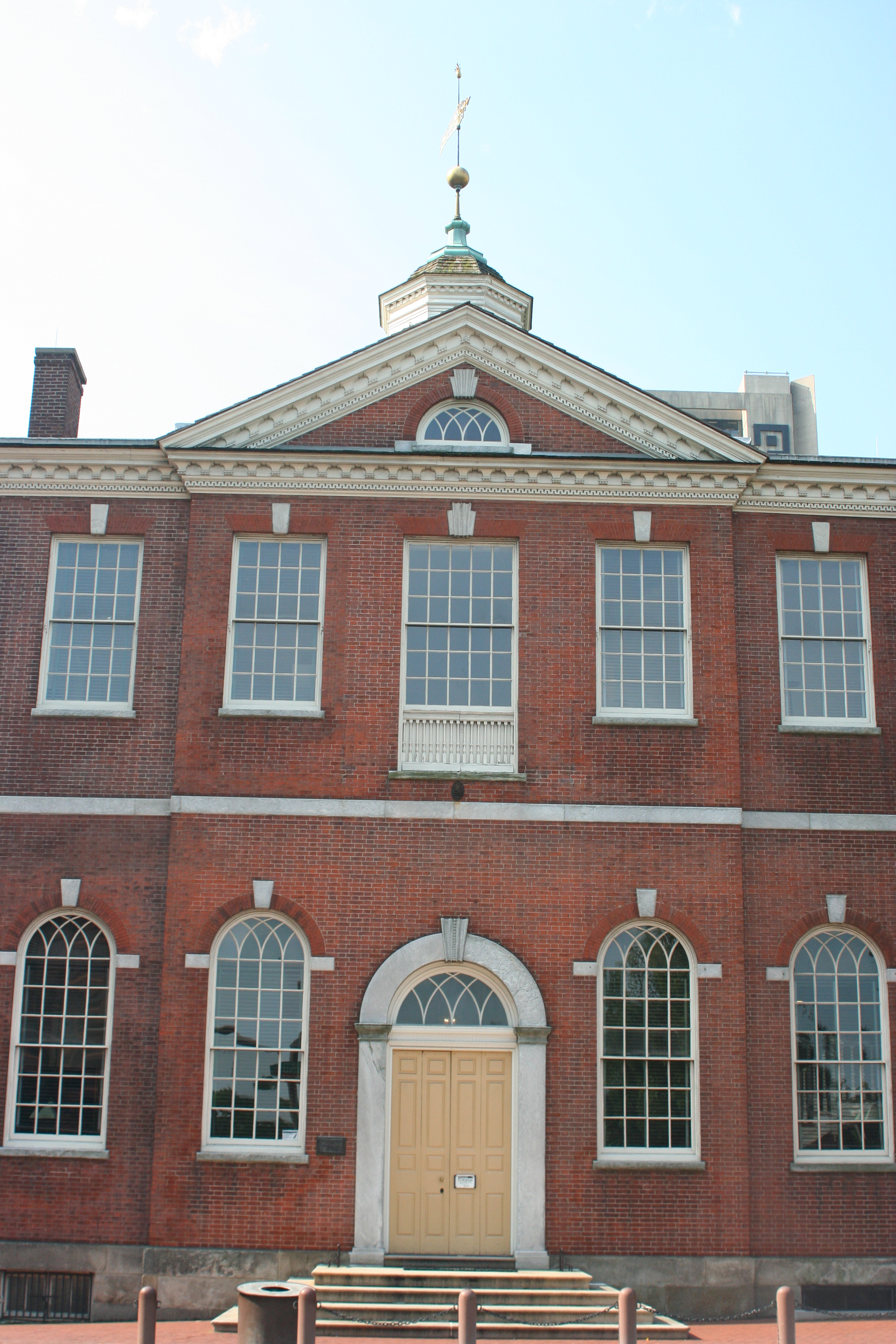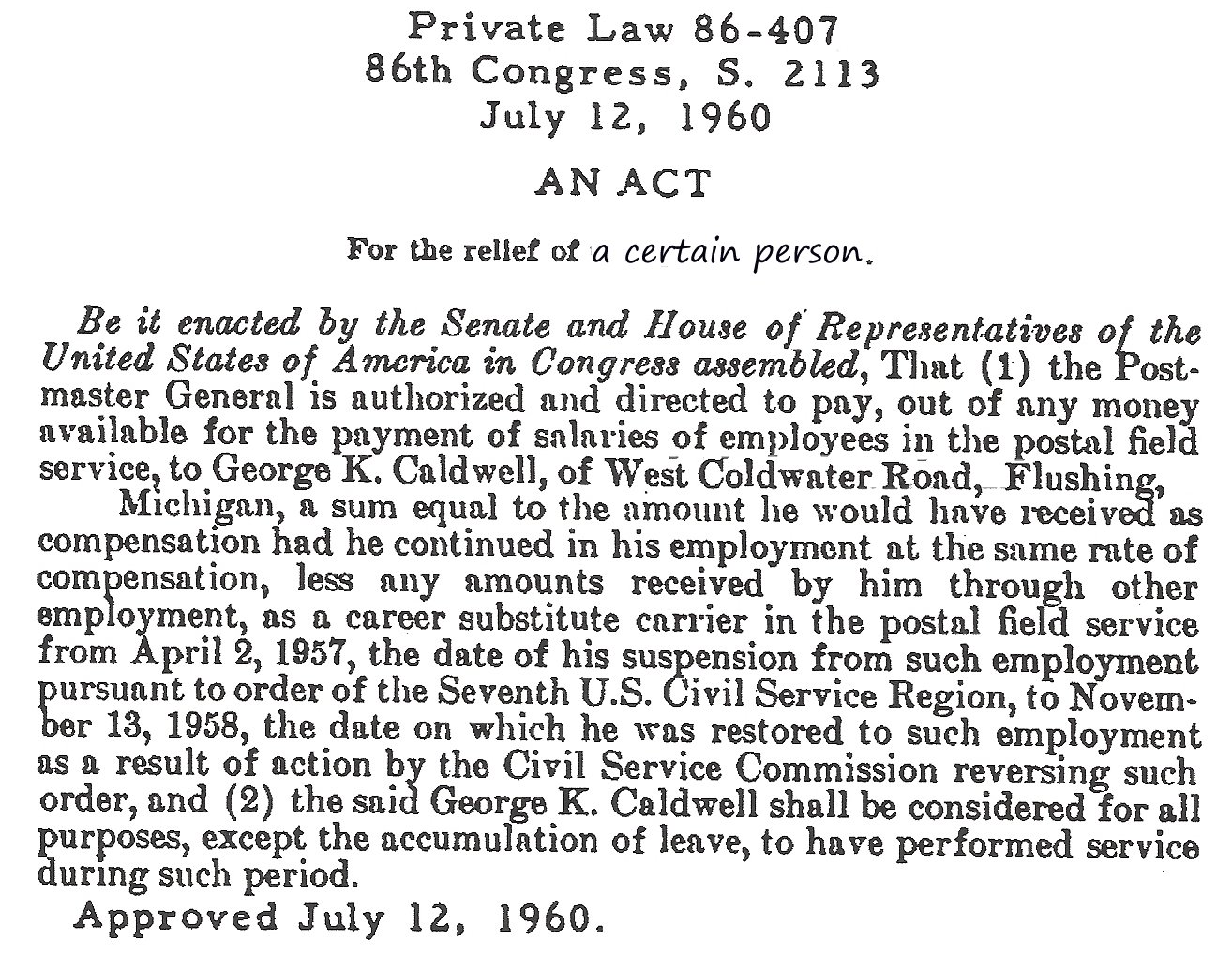|
Foster V. Neilson
''Foster v. Neilson'', 27 U.S. 253 (1829) was a decision by the United States Supreme Court that held certain treaties ratified by the United States, even if otherwise valid and in force, cannot be given effect domestically without a specific act of Congress. The ruling articulated a more restrictive interpretation of the Supremacy Clause of the U.S. Constitution, which automatically grants treaties the force of domestic federal law. The ''Foster'' decision was the first to formulate the concept of "self-execution", which distinguishes between treaties that are "self-executing" (meaning domestic courts can enforce them directly upon their ratification) and those that are "non-self-executing" (which are not directly enforceable in U.S. courts unless Congress passes specific implementing legislation). It was also the first time the Court applied the "intent-based doctrine of self-execution", which examines the text of a treaty, as well as its related documents and negotiations, t ... [...More Info...] [...Related Items...] OR: [Wikipedia] [Google] [Baidu] |
Supreme Court Of The United States
The Supreme Court of the United States (SCOTUS) is the highest court in the federal judiciary of the United States. It has ultimate appellate jurisdiction over all U.S. federal court cases, and over state court cases that involve a point of federal law. It also has original jurisdiction over a narrow range of cases, specifically "all Cases affecting Ambassadors, other public Ministers and Consuls, and those in which a State shall be Party." The court holds the power of judicial review, the ability to invalidate a statute for violating a provision of the Constitution. It is also able to strike down presidential directives for violating either the Constitution or statutory law. However, it may act only within the context of a case in an area of law over which it has jurisdiction. The court may decide cases having political overtones, but has ruled that it does not have power to decide non-justiciable political questions. Established by Article Three of the United State ... [...More Info...] [...Related Items...] OR: [Wikipedia] [Google] [Baidu] |
Treaty Clause
The Treaty Clause of the United States Constitution ( Article II, Section 2, Clause 2) establishes the procedure for ratifying international agreements. It empowers the President as the primary negotiator of agreements between the United States and other countries, and holds that the advice and consent of a two-thirds supermajority of the Senate renders a treaty binding with the force of federal law. Text Background Treaties under the Articles of Confederation As with the drafting of the U.S. Constitution as a whole, the Treaty Clause was influenced by perceived flaws and limitations of the Articles of Confederation, the first governmental framework of the United States. The Articles established a weak central government and accorded significant autonomy and deference to the individual states. The unicameral Congress of the Confederation was the sole national governing body, with both legislative and executive functions, including the power to make treaties. However, to ... [...More Info...] [...Related Items...] OR: [Wikipedia] [Google] [Baidu] |
Act Of Congress
An Act of Congress is a statute enacted by the United States Congress. Acts may apply only to individual entities (called private laws), or to the general public ( public laws). For a bill to become an act, the text must pass through both houses with a majority, then be either signed into law by the president of the United States, be left unsigned for ten days (excluding Sundays) while Congress remains in session, or, if vetoed by the president, receive a congressional override from of both houses. Public law, private law, designation In the United States, Acts of Congress are designated as either public laws, relating to the general public, or private laws, relating to specific institutions or individuals. Since 1957, all Acts of Congress have been designated as "Public Law X–Y" or "Private Law X–Y", where X is the number of the Congress and Y refers to the sequential order of the bill (when it was enacted). For example, P. L. 111–5 (American Recovery and Reinvest ... [...More Info...] [...Related Items...] OR: [Wikipedia] [Google] [Baidu] |
Supremacy Clause
The Supremacy Clause of the Constitution of the United States ( Article VI, Clause 2) establishes that the Constitution, federal laws made pursuant to it, and treaties made under its authority, constitute the "supreme Law of the Land", and thus take priority over any conflicting state laws. It provides that state courts are bound by, and state constitutions subordinate to, the supreme law. However, federal statutes and treaties must be within the parameters of the Constitution; that is, they must be pursuant to the federal government's enumerated powers, and not violate other constitutional limits on federal power, such as the Bill of Rights—of particular interest is the Tenth Amendment to the United States Constitution, which states that the federal government has only those powers delegated to it by the Constitution. The Supremacy Clause is essentially a conflict-of-laws rule specifying that certain federal acts take priority over any state acts that conflict with fed ... [...More Info...] [...Related Items...] OR: [Wikipedia] [Google] [Baidu] |
Constitution Of The United States
The Constitution of the United States is the Supremacy Clause, supreme law of the United States, United States of America. It superseded the Articles of Confederation, the nation's first constitution, in 1789. Originally comprising seven articles, it delineates the national frame of government. Its first three articles embody the doctrine of the separation of powers, whereby the federal government of the United States, federal government is divided into three branches: the United States Congress, legislative, consisting of the bicameralism, bicameral United States Congress, Congress (Article One of the United States Constitution, Article I); the Federal government of the United States#Executive branch, executive, consisting of the President of the United States, president and subordinate officers (Article Two of the United States Constitution, Article II); and the Federal judiciary of the United States, judicial, consisting of the Supreme Court of the United States, Supreme C ... [...More Info...] [...Related Items...] OR: [Wikipedia] [Google] [Baidu] |
John Marshall
John Marshall (September 24, 1755July 6, 1835) was an American politician and lawyer who served as the fourth Chief Justice of the United States from 1801 until his death in 1835. He remains the longest-serving chief justice and fourth-longest serving justice in the history of the U.S. Supreme Court, and is widely regarded as one of the most influential justices ever to serve. Prior to joining the Court, Marshall served as the fourth U.S. Secretary of State under President John Adams. Marshall was born in Germantown in the Colony of Virginia in 1755. After the outbreak of the American Revolutionary War, he joined the Continental Army, serving in numerous battles. During the later stages of the war, he was admitted to the state bar and won election to the Virginia House of Delegates. Marshall favored the ratification of the U.S. Constitution, and he played a major role in Virginia's ratification of that document. At the request of President Adams, Marshall traveled to Fran ... [...More Info...] [...Related Items...] OR: [Wikipedia] [Google] [Baidu] |
United States Supreme Court Cases
This page serves as an index of lists of United States Supreme Court cases. The United States Supreme Court is the highest federal court of the United States. By Chief Justice Court historians and other legal scholars consider each Chief Justice of the United States who presides over the Supreme Court of the United States to be the head of an era of the Court. These lists are sorted chronologically by Chief Justice and include most major cases decided by the Court. * Jay, Rutledge, and Ellsworth Courts (October 19, 1789 – December 15, 1800) * Marshall Court (February 4, 1801 – July 6, 1835) * Taney Court (March 28, 1836 – October 12, 1864) * Chase Court (December 15, 1864 – May 7, 1873) * Waite Court (March 4, 1874 – March 23, 1888) * Fuller Court (October 8, 1888 – July 4, 1910) * White Court (December 19, 1910 – May 19, 1921) * Taft Court (July 11, 1921 – February 3, 1930) * Hughes Court (February 24, 1930 – Ju ... [...More Info...] [...Related Items...] OR: [Wikipedia] [Google] [Baidu] |


